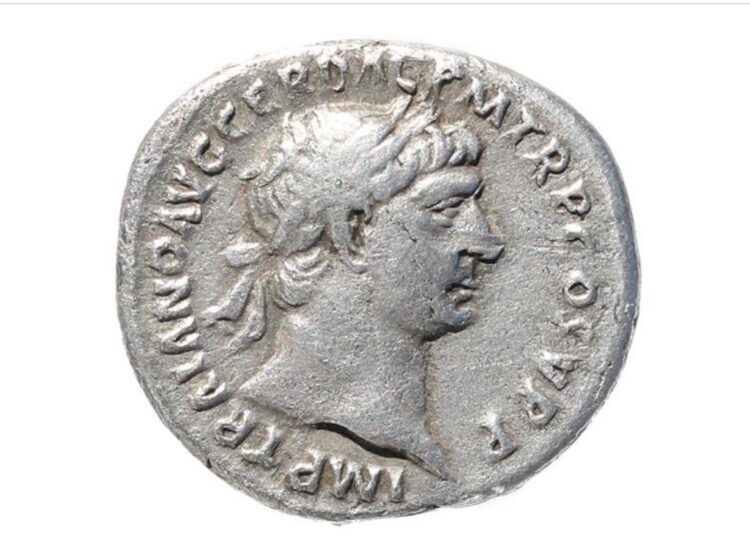It’s a little-known fact that the ancient Romans struggled with inflation as we do today, and that indeed, it was one of the major factors that led to its downfall. Unfortunately, they failed to get a handle on the problem despite attempting all sorts of interventions in the economy to stem the problem—some of the same mechanisms that we apply today. We could argue as to whether inflation was a symptom or a cause of the fall—as economists and historians do–but we know all too well from first-hand experience how ramified and complex are the consequences of the problem.
Indeed, there are countless articles being written today about the accelerating decline of America’s dominance. One in the Harvard Business Review, lists the causes alleged by the “declinism” school of thought: “Real wages are falling. Productivity growth is down. Companies aren’t competitive in global markets. White-collar jobs are no longer secure. The nation’s infrastructure is collapsing. The federal deficit is soaring. The health system is deteriorating. The cities are unsafe. The schools are failing. The gap between rich and poor is widening.”

It cost a lot to maintain the world’s greatest empire—whether that be ancient Rome or current America. Rome’s coins tell a story of a strapped empire faced with enhanced military spending and mob riots, a situation that should sound familiar to us all. Consequently, it had to reduce the amount of silver in the coins it minted to cover those expenses. Over the decades, that led to crippling inflation, one important factor in its fall (along with invading Goths, corruption, and overreliance on slave labor).
Hyperinflation was crippling the economy. In 284 AD, Emperor Diocletian attained power and tried to curb the freefall by introducing price controls in 301 AD. He also presented a new silver coin called the argenteus, with one coin equal to 50 of the old denarii. But within a decade, one argenteus would be worth 100 denarii. Although there is no definitive number, economists and historians believe that Rome’s inflation rate reached an all-time high of 15,000% between AD 200 and 300.
This hyperinflation, coupled with the debasement of the Roman Denarius, caused the Roman Empire to start losing money, and to counter that, they instituted more taxes on the people, thus deepening the disaffection and anger that was already growing among the population. People started bartering with goods and commodities instead of a centralized medium of exchange like the Roman Denarius. The deterioration of the Roman Denarius, albeit along with other factors, accelerated a cascade of problems and contributed to the decline of the Roman Empire, which would eventually draw its last breath in 476 AD., when the Germanic leader Odoacer staged a revolt and deposed Emperor Romulus Augustulus. From then on, no Roman emperor would ever again rule from a post in Italy, leading many to cite 476 as the year the Western Empire suffered its death blow.
History is a wonderful teacher to those who study it. This might be a good cautionary tale for the U.S.












